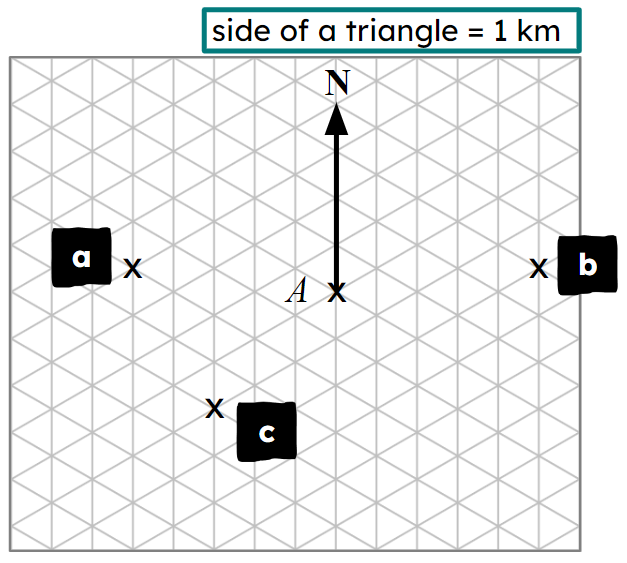Myths about teaching can hold you back
- Year 10
- Foundation
Following a bearing
I can identify the position of point B given its bearing from point A.
- Year 10
- Foundation
Following a bearing
I can identify the position of point B given its bearing from point A.
These resources were made for remote use during the pandemic, not classroom teaching.
Switch to our new teaching resources now - designed by teachers and leading subject experts, and tested in classrooms.
Lesson details
Key learning points
- The position of a point can be described in terms of another point.
- When translating, you described moving left/right and up/down.
- For bearings, you describe standing on a point and turning a number of degrees to face the new point.
- The bearing is always measured clockwise from North and described with three digits.
- The distance to the new point does not need to be described, but can be.
Keywords
Bearing - A bearing is an angle measured in degrees from North in the clockwise direction and written with three figures.
Common misconception
Neglecting to follow the 3 conventions of bearings. Particularly, going anticlockwise when given a bearing over 180 degrees.
Pupils can be asked to stand and turn 90 degrees. Some will turn clockwise and some anticlockwise. This will create a discussion point about the direction being important. Having the clockwise convention means a direction does not need to be given.
To help you plan your year 10 maths lesson on: Following a bearing, download all teaching resources for free and adapt to suit your pupils' needs...
To help you plan your year 10 maths lesson on: Following a bearing, download all teaching resources for free and adapt to suit your pupils' needs.
The starter quiz will activate and check your pupils' prior knowledge, with versions available both with and without answers in PDF format.
We use learning cycles to break down learning into key concepts or ideas linked to the learning outcome. Each learning cycle features explanations with checks for understanding and practice tasks with feedback. All of this is found in our slide decks, ready for you to download and edit. The practice tasks are also available as printable worksheets and some lessons have additional materials with extra material you might need for teaching the lesson.
The assessment exit quiz will test your pupils' understanding of the key learning points.
Our video is a tool for planning, showing how other teachers might teach the lesson, offering helpful tips, modelled explanations and inspiration for your own delivery in the classroom. Plus, you can set it as homework or revision for pupils and keep their learning on track by sharing an online pupil version of this lesson.
Explore more key stage 4 maths lessons from the Bearings unit, dive into the full secondary maths curriculum, or learn more about lesson planning.

Licence
Prior knowledge starter quiz
6 Questions
Q1.A scale factor is the between similar shapes that describes how large one shape is compared to the other.
Q2.In the scale 1 : 50 000, 1 cm = 0.5
Q3.For which of the following sketches is the scale 1 : 50 appropriate?
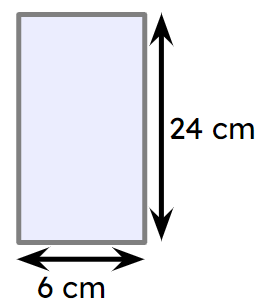
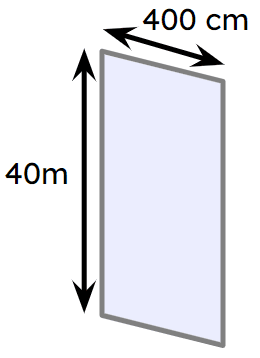
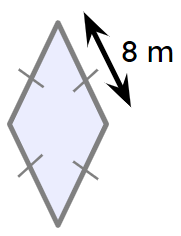
Q4.Which is the most appropriate scale to draw an accurate scaled drawing of this plan of a house?
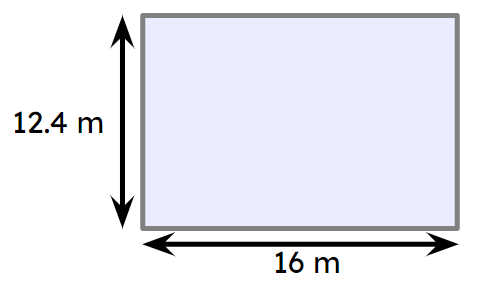
Q5.Using the scale 1 : 5000 which are the correct dimensions of the scaled drawing of this field?

Q6.Using the scale 1 : 500 which are the correct dimensions of the real life field?
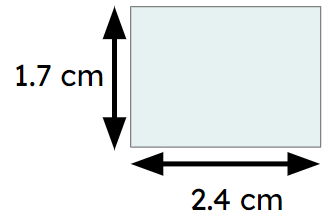
Assessment exit quiz
6 Questions
Q1.Which of the following is not a convention for bearings?
Q2.Which of the following are correctly written as bearings?
Q3.Which of the following shows the bearing of A from B correctly marked?
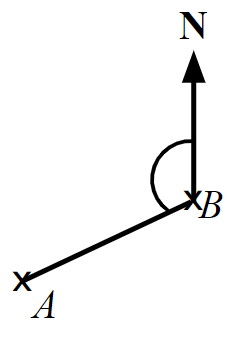
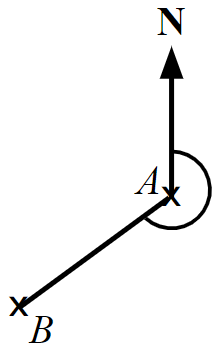
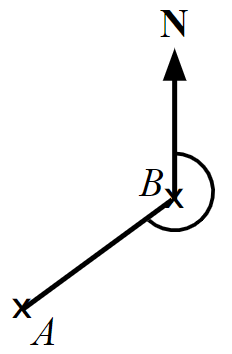
Q4.What is 6 km away from the church on a bearing of 240°?
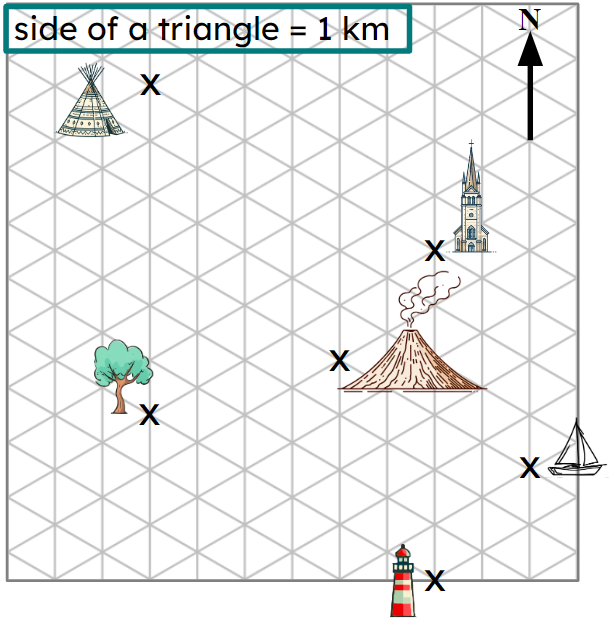
Q5.A diver is on a bearing of 300° and 4 km away from the boat. Which is the correct position of the diver?
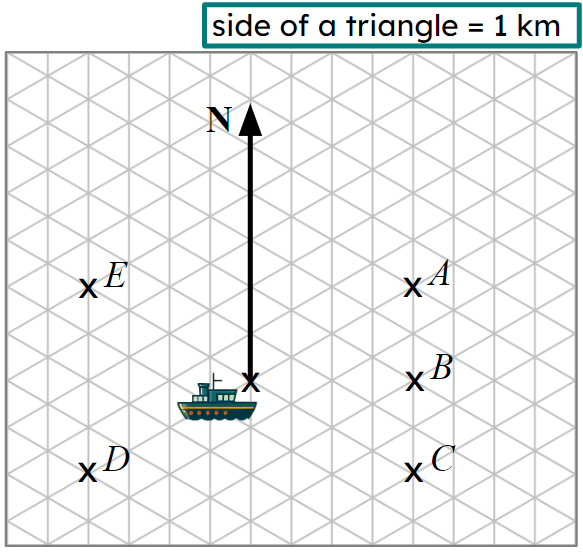
Q6.Point X is 3 km away from point A on a bearing of 060° and point Y is 2 km away from point X on a bearing of 120°. Which is the correct position of point Y?
